Homemade Dog Food To Help Gain Weight

For dog owners wrestling with underweight pets, the image of ribs showing through a thin coat can be heartbreaking. While commercial dog food offers convenience, some are turning to homemade recipes as a targeted solution for healthy weight gain. But is this a safe and effective approach, and what should owners consider before swapping kibble for a home-cooked meal?
The growing interest in homemade dog food for weight gain stems from a desire for greater control over ingredients and nutritional content. This article will delve into the potential benefits and risks of this practice, examining expert opinions, nutritional guidelines, and practical considerations for creating a safe and effective weight-gain diet for dogs.
Understanding Canine Weight Loss and Nutritional Needs
Before embarking on a homemade diet, it's crucial to understand why a dog is underweight. Underlying medical conditions like parasites, malabsorption issues, or even dental problems can hinder nutrient absorption and contribute to weight loss, according to the American Animal Hospital Association (AAHA).
Consulting with a veterinarian is paramount to rule out any health concerns before altering the diet. Once a vet gives the all-clear, the focus shifts to providing a calorie-dense and nutritionally balanced diet tailored to the dog's individual needs.
Key Nutritional Components for Weight Gain
A successful weight-gain diet for dogs hinges on three primary components: increased caloric intake, high-quality protein, and healthy fats. Protein is essential for building and repairing muscle tissue, while fats provide concentrated energy and support overall health.
Carbohydrates play a role, but they should come from easily digestible sources like sweet potatoes or cooked white rice. According to Dr. Sarah Wooten, a veterinary expert, the ideal macronutrient ratio may vary depending on the dog's breed, age, and activity level.
Micronutrients, including vitamins and minerals, are also crucial for optimal health and nutrient utilization. These can be supplemented or obtained through a variety of fresh ingredients.
Crafting Homemade Recipes: Ingredients and Considerations
When formulating homemade recipes, selecting high-quality ingredients is essential. Lean proteins like chicken, turkey, or beef are excellent choices, while healthy fats can be sourced from fish oil, flaxseed oil, or coconut oil.
Complex carbohydrates like sweet potatoes, brown rice, and quinoa provide sustained energy. Owners can also incorporate vegetables such as carrots, green beans, and spinach for added vitamins and minerals.
Bone broth is a nutritious addition, offering collagen and minerals that support joint health. However, owners should be extremely cautious when including bones in any form, as they can pose a choking hazard or cause digestive issues.
Potential Benefits and Risks
A well-formulated homemade diet can offer several benefits, including improved palatability, better control over ingredients, and the ability to address specific dietary sensitivities. Some owners report seeing increased energy levels, improved coat quality, and weight gain in their dogs after switching to a homemade diet.
However, the risks associated with homemade diets are significant. The most common concern is nutritional imbalance, which can lead to serious health problems. A study published in the Journal of the American Veterinary Medical Association (JAVMA) found that a majority of homemade dog food recipes lacked essential nutrients.
Furthermore, the preparation of raw meat can pose a risk of bacterial contamination, such as Salmonella or E. coli, which can be harmful to both dogs and humans.
Expert Recommendations and Safe Practices
Veterinarians and veterinary nutritionists emphasize the importance of working with a qualified professional to create a balanced and safe homemade diet. A veterinary nutritionist can assess the dog's individual needs and formulate a recipe that meets those requirements.
If owners choose to prepare homemade food, they should follow strict hygiene practices to minimize the risk of bacterial contamination. This includes washing hands thoroughly, using separate cutting boards for raw meat, and cooking meat to a safe internal temperature.
Supplementation may be necessary to ensure that the diet meets all nutritional requirements. However, owners should avoid over-supplementing, as excessive amounts of certain vitamins and minerals can be harmful.
Looking Ahead: The Future of Homemade Dog Food
The trend of feeding homemade dog food is likely to continue as pet owners become increasingly concerned about the quality and origin of their pets' food. However, education and access to reliable information are essential to ensure that homemade diets are safe and effective.
Ongoing research is needed to better understand the nutritional needs of dogs and to develop guidelines for formulating balanced homemade recipes. Ultimately, the decision to feed a homemade diet should be made in consultation with a veterinarian or veterinary nutritionist, based on the individual dog's needs and the owner's ability to prepare a safe and balanced meal.
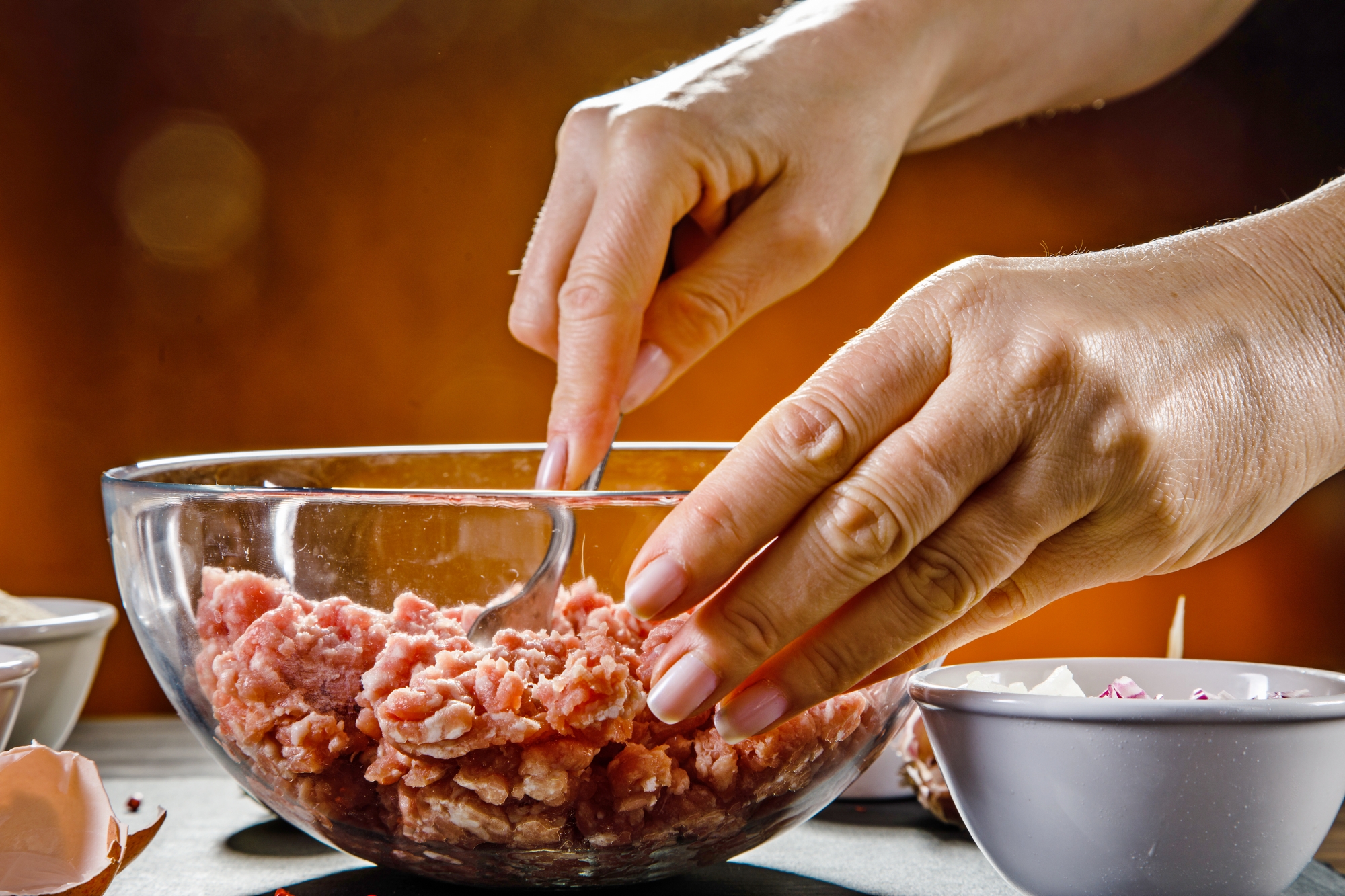

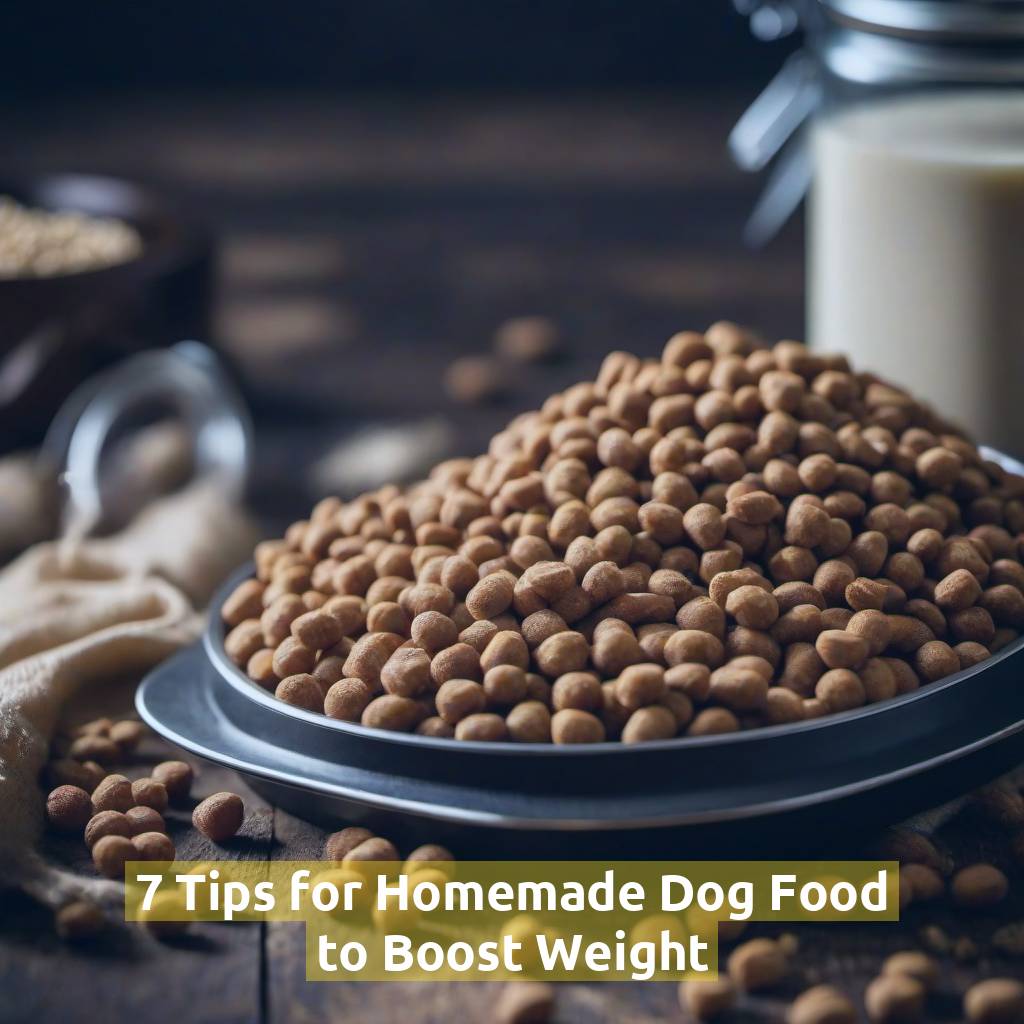



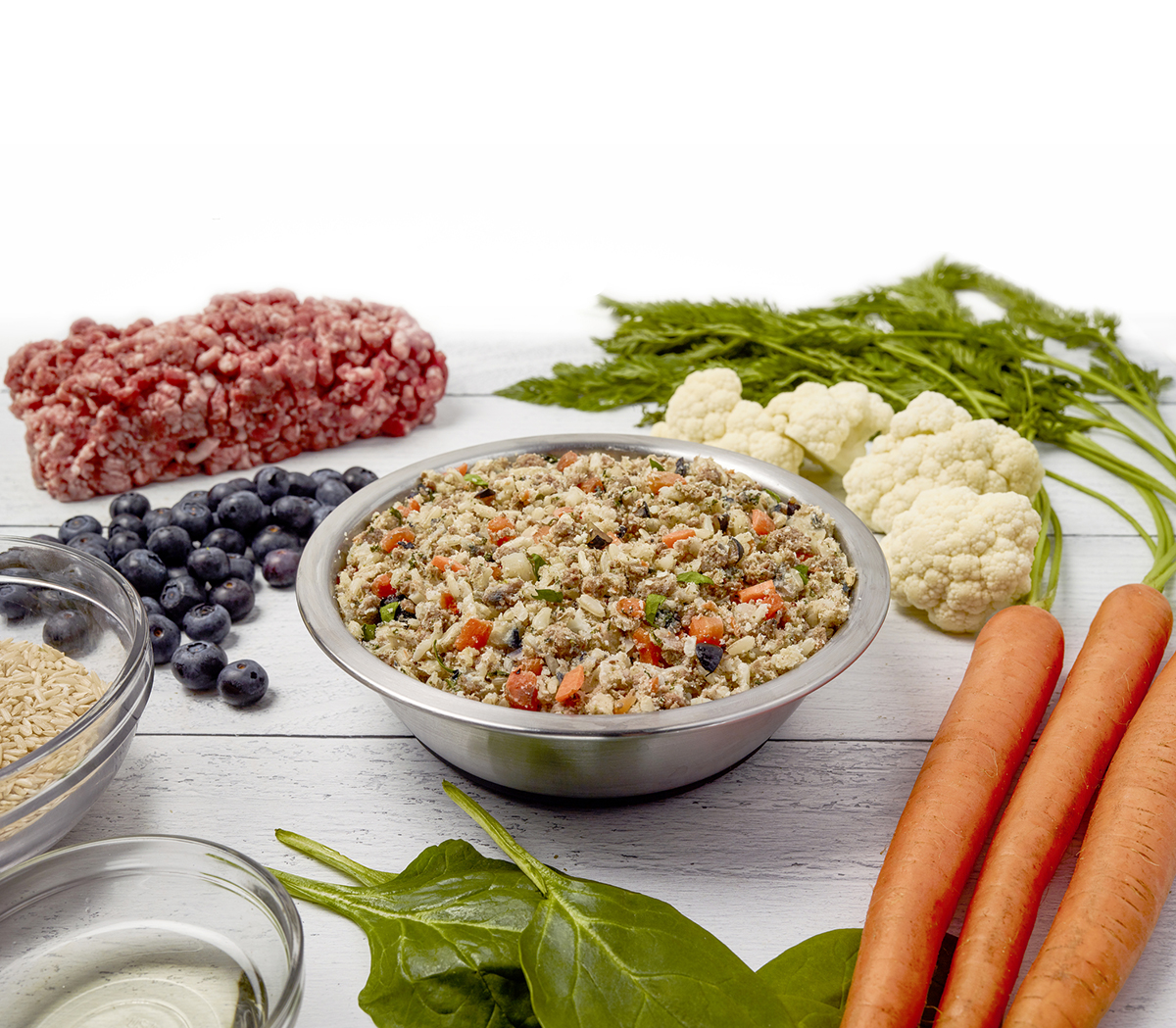
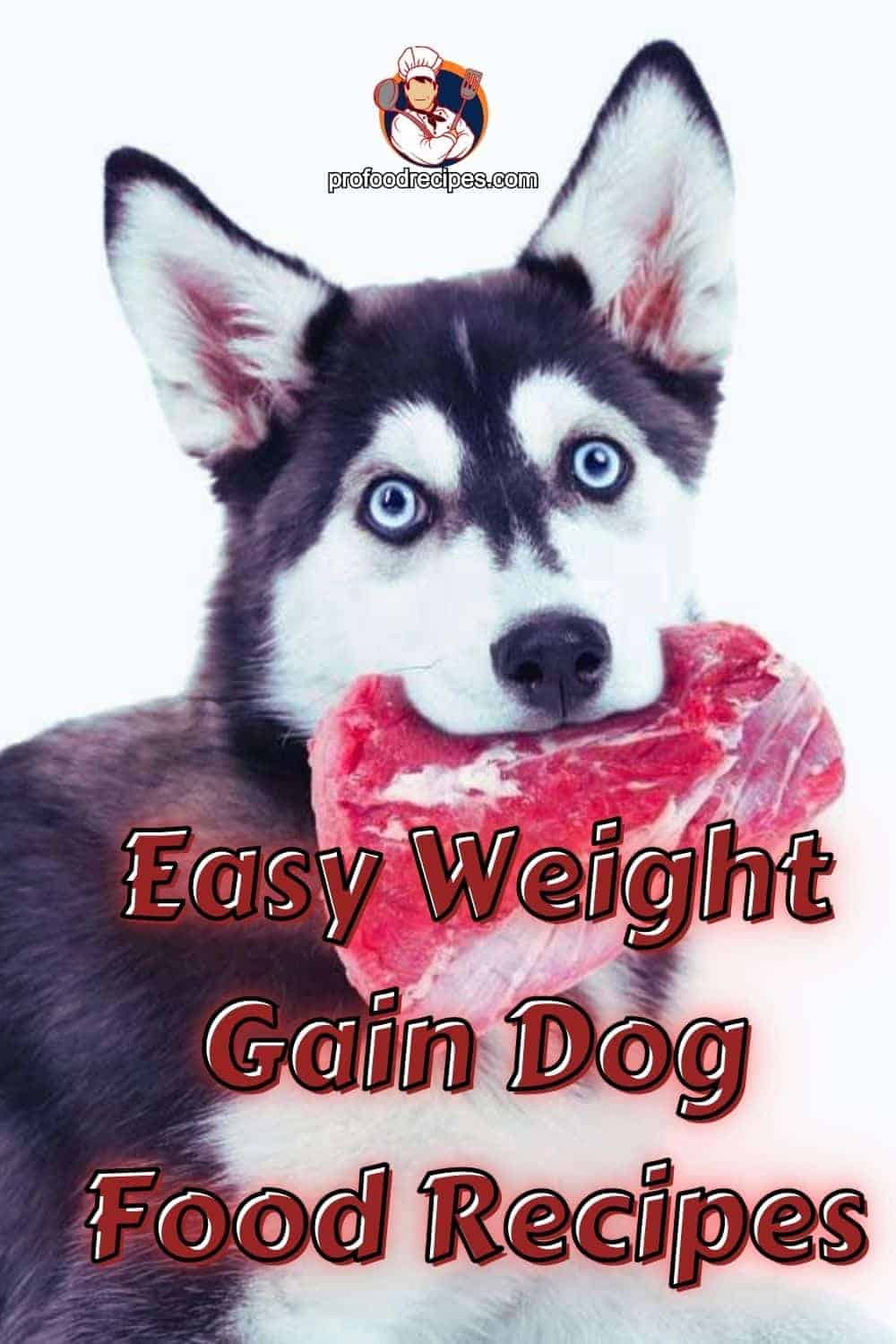







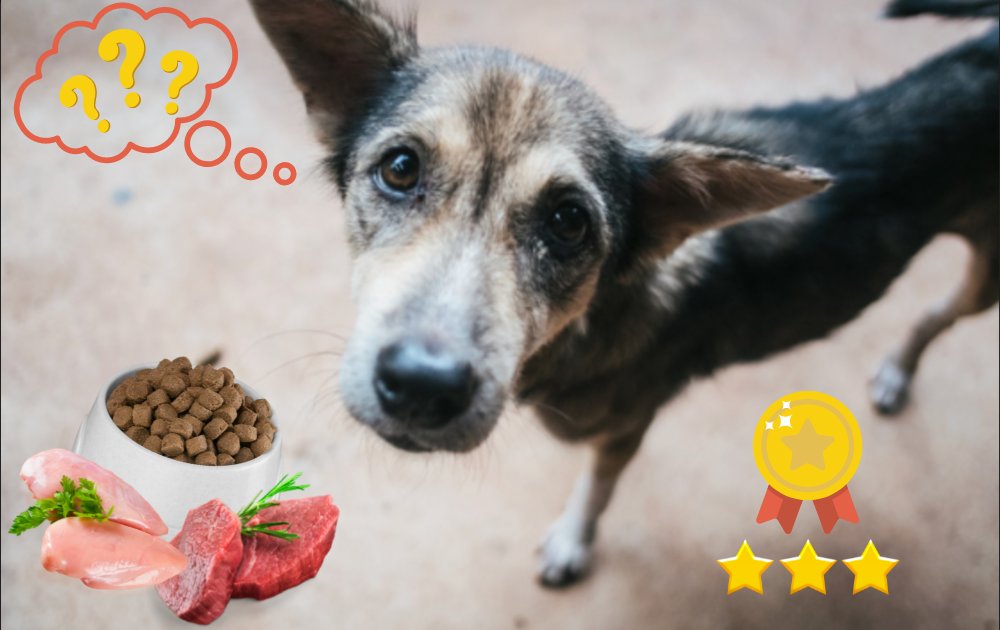
![Homemade Dog Food To Help Gain Weight Homemade Weight Loss Dog Food Recipe for Overweight Dogs [Video]](https://topdogtips.com/wp-content/uploads/2018/02/Homemade-Weight-Loss-Dog-Food-Recipe-640x960.jpg)

